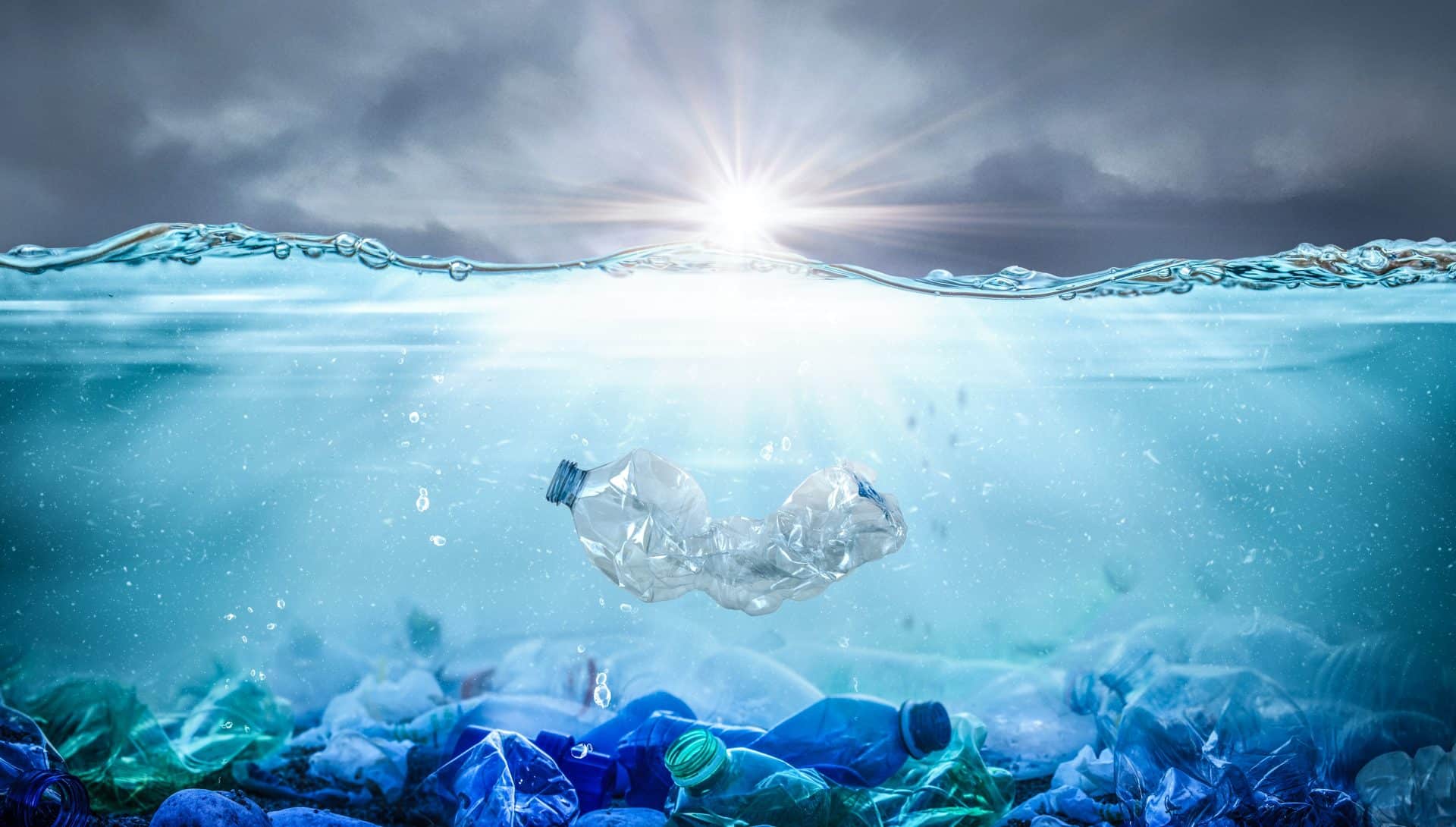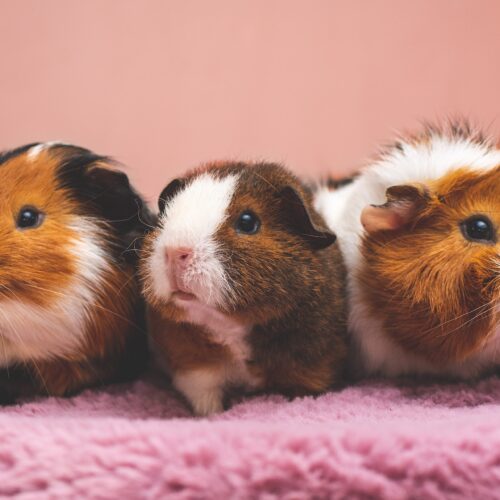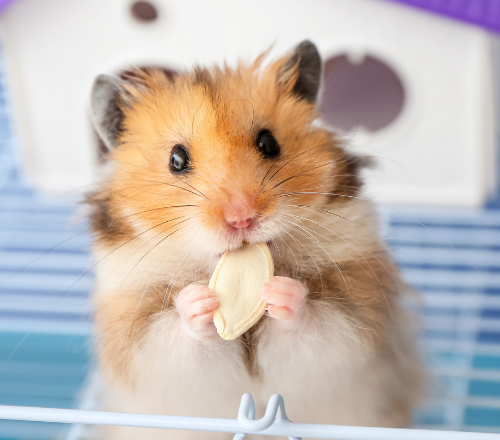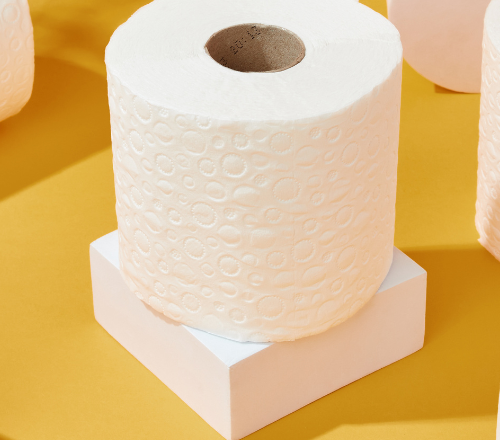Current estimates suggest that there are over 5.25 trillion pieces of plastic in our oceans around the world, and it’s expected that the amount of plastic entering the oceans each year will triple by 2040.
Right now, plastic pollution is the most widespread form of marine pollution – as much as 80% of all marine debris is made of plastic – both macroplastics like carrier bags and microplastics, too.
Microplastics are tiny fragments of plastic that break off from a larger plastic object during the course of disintegration. They’re usually defined as being smaller than five millimetres in diameter – and anything bigger than that is classed as a macroplastic. It’s as simple as that: macroplastics are big and easy to see and microplastics aren’t.
It can be hard to visualise that in your mind – after all, you can’t see a lot of the plastic that’s polluting our oceans. These invisible plastic particles are some of the most dangerous pollutants out there, because fish and other marine life can’t see them either. To be able to stop this widespread pollution, we need to know how it starts.
How does plastic get into the ocean?
For macroplastics, the answer is simple. Littering on our coastlines and beaches is a huge problem, because it often ends up in the sea before it can be picked up. Anything left on a beach has to be picked up before high tide – otherwise it’ll get washed away, and could damage marine environments many miles away.
Littering is also problematic even when it’s miles away from the coast. Any plastic that enters the water – whether that’s the sea or a river or the sewers – can contribute to marine pollution. You’ve heard that all roads lead to Rome – well, all rivers lead to the sea. It may take time, but a pop bottle dropped in the Thames is probably going to end up in the ocean just the same.
It’s even easier for microplastics to reach the ocean. Every plastic item that goes into landfill is slowly breaking down into these microscopic pieces that can be washed away by rainfall – and where do they end up? The sea.
Why is plastic bad for the ocean?
You may have seen documentaries showing seabirds and turtles struggling to swim with plastic tangled around their bodies, and that’s not the end of the story. Microplastics are just as dangerous – even though they’re too small to get wrapped around a flipper or fin. Because they’re so small, fish and other sea creatures can actually swallow them.
Impacts on marine ecosystems
Both microplastics and macroplastics can be seriously damaging to marine life. Plastic can cause injuries that might get infected, killing the sea creatures directly. On the other hand, lots of marine creatures can mistake plastic for prey – particularly if they’re partial to a bit of jellyfish. These creatures often die of starvation with a tummy full of plastics.
Impacts on food and human health
You might think you know exactly what you’re getting in your seafood platter – but what if the menu mentioned a garnish of microplastics? Fish that consume microplastics during their lifetime don’t always die. The plastic can become part of their bodies, lodged in the nooks and crannies and stuck there forevermore – or until you get a hankering for a fish and chip supper.
Although we’re not as at risk as marine creatures, consuming plastics can be dangerous for humans, too. Some of the chemicals used to make plastics can be carcinogens – cancer-causing substances that can play havoc with our health even after they’ve been through the ocean and a fish to reach us. Microplastics have even been found in human placentas – babies are experiencing the effects of plastic pollution before they’ve even been born!
Impacts on climate change
Plastics can even harm marine life without ever touching a drop of water. When burned, plastic waste releases methane and carbon dioxide into the atmosphere, contributing to the greenhouse gas effect. Global warming is a significant danger to marine life, with rising sea temperatures threatening many species around the world.
Is toilet paper bad for the ocean?
Toilet paper alone can be sustainable – it’s not full of plastic, and when it’s flushed away it breaks down quickly so it can’t harm marine life. However, you may find that toilet paper is often wrapped in plastic packaging, and this can be harmful if it gets into our oceans. Often this plastic isn’t even recyclable – so what can you do?
All of Oceans’ toilet paper and kitchen roll are packaged in paper to make sure we’re not contributing to marine plastic pollution. Our sustainable products are made in the UK – so you can be certain you’re making the right choice for the environment. Of course, plastic-free toilet paper isn’t going to cut out plastic pollution altogether, but it’s a great place to start.





